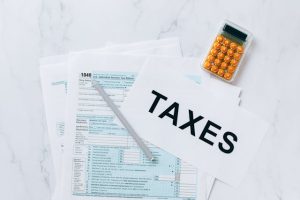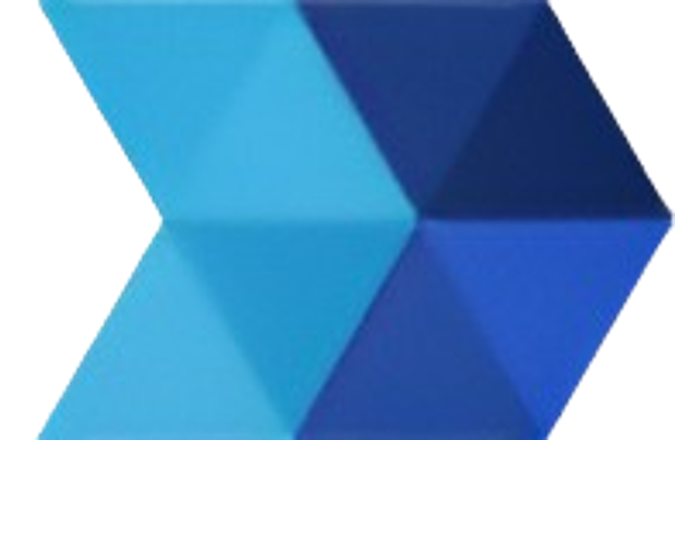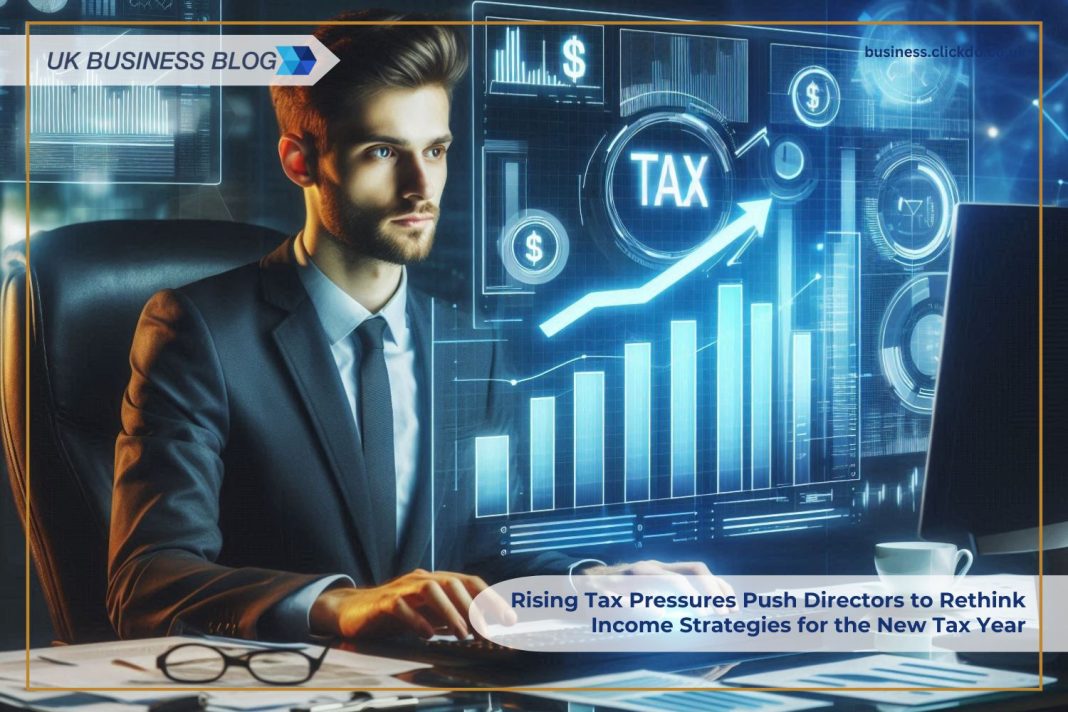Table of Contents
- The tax-free dividend allowance has been cut from £1,000 to just £500, affecting an estimated 5 million individuals and projected to generate £4.63 billion for the Treasury over five years.
- Employers’ NICs have increased from 13.8% to 15%, while the threshold at which these contributions begin has dropped to £5,000 – a significant blow to small business payroll efficiency.
- Director’s loans that remain unpaid beyond nine months and one day after year-end will continue to attract a 33.75% Section 455 tax charge, with HMRC increasing its scrutiny as part of a wider anti-avoidance clampdown.
- Electric company cars remain a standout benefit, with a Benefit-in-Kind (BIK) rate of just 3%, helping directors to extract value while reducing both personal and corporate tax bills.
With the new 2025/26 tax year underway, limited company directors are facing a tightening squeeze on how they take income from their businesses. With National Insurance hikes, a reduced dividend allowance, and increasing scrutiny from HMRC, many directors are now reassessing the most tax-efficient ways to withdraw company funds.
Ridgefield Consulting, an independent accountancy firm based in Oxford and Henley-on-Thames, is urging company directors looking to extract money from their limited companies to get ahead of the changes with five practical, strategic options that balance tax efficiency with long-term planning.
Their expert team has outlined five practical strategies that business owners can use to legally and efficiently extract money from their companies:
1. Director’s Salary: Reassessing the balance

In this new tax year, a salary remains a core method of paying yourself and ensures access to state benefits while building your personal credit profile. Legally, directors are classed as employees of a limited company, which means they are entitled to receive a salary through their company’s payroll.
The personal income tax threshold remains frozen at £12,570 for the 2025/26 tax year, which is why many directors continue to set their salaries at or just below this level, staying under the income tax limit while still qualifying for state benefits like the state pension and maternity allowance.
However, this strategy is now slightly more expensive for your company. As of 6th April 2025, employers’ National Insurance Contributions (NICs) have increased from 13.8% to 15%, and the secondary threshold has been reduced from £9,100 to £5,000.
So, if you’re paying yourself £12,570, your company will now owe 15% NICs on anything above £5,000.
However, consider the newly expanded Employment Allowance, which now offers up to £10,000 in relief. For many small companies, this can significantly reduce the impact of the increased employer NICs and should absolutely factor into your tax planning.
2. Dividends: Remains the tax-efficient option
Dividends remain an attractive way for the new tax year ahead for directors to take money out of their business due to them being subject to dividend tax, which is considerably lower than income tax.
For the current tax year of 2025/2026, they are:
- 8.75% for basic-rate taxpayers
- 33.75% for higher-rate taxpayers
- 39.35% for additional rate taxpayers
- The first £500 of dividends is tax-free.
Dividends are more tax-efficient than salaries as they are not subject to NICs. However, they can only be legally paid when the company is in profit. With margins expected to tighten this year due to rising payroll costs, directors should avoid extracting all surplus funds through dividends alone and so retain a buffer for operations.
Using a combination of salary and dividends offers the most tax-efficient approach for paying yourself a salary covering the personal allowance and dividends making up the remaining bulk of your income.
3. Director’s Loan: offers flexibility but proceed with caution

Another way of withdrawing money from your company which is not a salary or dividend is a director’s loan. It provides a simple, effective way to access short-term funds without tax consequences, but it must be managed carefully to avoid tax consequences.
A director’s loan allows you to borrow money from your company, which is a separate legal entity. However, these loans come with strict repayment rules. If not repaid within 9 months and 1 day of the year-end, your company faces a 33.75% Section 455 tax.
If your loan exceeds £10,000 it is treated as a benefit in kind (BIK) and you will need to pay income tax on the difference between the official rate and the amount you paid; the company will be liable for Class 1A NICs at 15%.
A director’s loan can be a useful way to access cash quickly, but it should be used cautiously as frequent or large loans may raise red flags with HMRC. Especially following Rachel Reeves’s pledge to crack down on tax avoidance during the recent Spring Statement and so you can expect HMRC to take on extra scrutiny.
4. Benefits-in-Kind (BIK)
With rising payroll costs and tighter dividend allowances, Benefit-in-kind (BIKs) present a valuable alternative to directors and an often overlooked way to get value from their business with lower tax exposure.
BIKs are non-cash perks that have monetary value provided by your company, such as company cars, health insurance, or accommodation. While most BIKs are taxable, they are often taxed more favourably than direct income. For the 2025/26 tax year, many BIKs remain a tax-savvy way to reward yourself while keeping costs manageable for the business.
For example:
- Electric cars: Fully electric vehicles are one of the most tax-efficient BIKs. For the 2025/26 tax year, the BIK rate is just 3%. On top of that, your company can claim 100% of the purchase cost against corporation tax in the first year.
- Company mobile phones: Your company can provide one mobile phone per director or employee completely tax-free, including the handset and contract so long as the company is the legal owner of the phone.
- Private health insurance: Although this is a taxable benefit, the overall cost (especially when paid through your company) may be less than paying for the same coverage personally.
With personal tax allowances under pressure and National Insurance burdens rising, BIKs can play a key role in a more diversified, tax-efficient remuneration strategy for directors.
5. Pension Contributions: Maximise Tax Relief While Building for the Future

For directors taking a longer-term view of their finances, pension contributions remain one of the most powerful tools for extracting value from a limited company in a tax-efficient way.
Through employer pension contributions, directors can move profits into their pension pots without triggering income tax or National Insurance, while also reducing the company’s corporation tax bill. And unlike personal contributions, those made by your company are not restricted by salary, meaning even directors on a low PAYE income can take full advantage.
In the 2025/26 tax year, the annual allowance for tax-relieved contributions remains at £60,000 or 100% of your salary – whichever is the lower. It’s important to remember that while you won’t be able to access the funds until retirement age, the tax benefits can be substantial.
Increasing your pension contributions this year not only helps reduce immediate tax liabilities but strengthens your financial security for the future. With directors facing tighter margins due to rising payroll costs, it’s a strategy that’s well worth revisiting.
Simon Thomas, Managing Director of Ridgefield Consulting says:
“With the new tax year in full swing, small businesses are being hit the hardest by these new rules; we’re seeing more clients needing support to balance cashflow and compliance; this is no longer a ‘do it later’ issue. Now is the prime time for company directors to re-assess their approach on tax-efficient withdrawals”.
It’s important to remember when it comes to taking money from your limited company that you can use a combination of strategies and there is no one-size-fits-all solution. The most tax-efficient strategy will depend on your financial needs, tax position and long-term goals. If you are unsure about the best method for you, we recommend speaking with a professional accountant to help you structure your withdrawals effectively, ensuring you minimise your tax burden while making the most of your company’s profits.
Author Profile
- Passionate content creator, contributor, freelance writer and content marketing allrounder.
Latest entries
 FeaturedJuly 31, 2025How Directors Can Earn £1,000 Tax-Free From Their Own Company
FeaturedJuly 31, 2025How Directors Can Earn £1,000 Tax-Free From Their Own Company FeaturedMay 28, 2025Government Unveils Major Crackdown on Tax Avoidance – Up to £6.5 Billion Could Be Reclaimed by 2029
FeaturedMay 28, 2025Government Unveils Major Crackdown on Tax Avoidance – Up to £6.5 Billion Could Be Reclaimed by 2029 FeaturedMay 9, 2025Oxford Landlords Face Tax Hit as Furnished Holiday Let Benefits End in April 2025
FeaturedMay 9, 2025Oxford Landlords Face Tax Hit as Furnished Holiday Let Benefits End in April 2025 FeaturedApril 28, 2025Rising Tax Pressures Push Directors to Rethink Income Strategies for the New Tax Year
FeaturedApril 28, 2025Rising Tax Pressures Push Directors to Rethink Income Strategies for the New Tax Year





